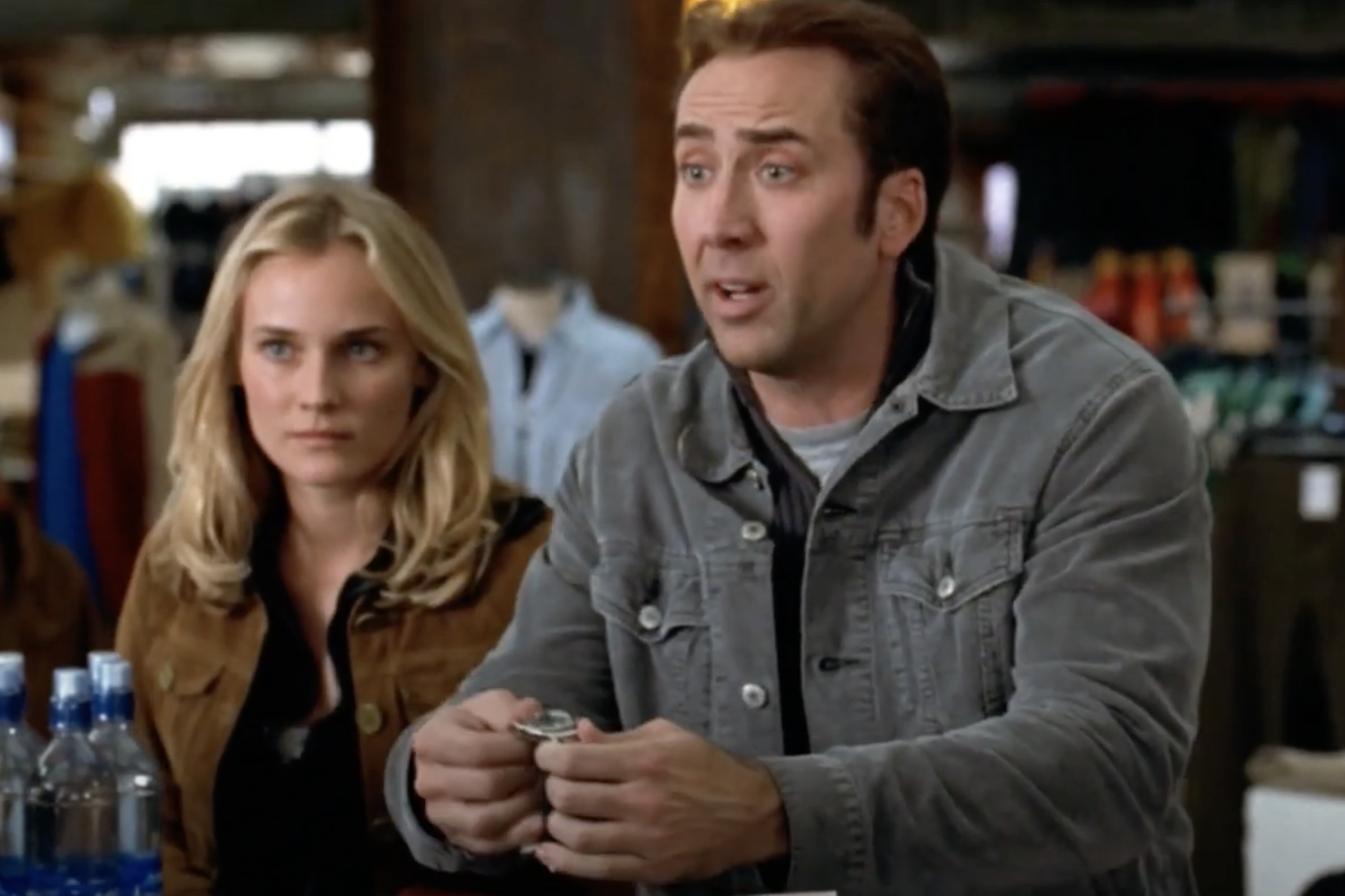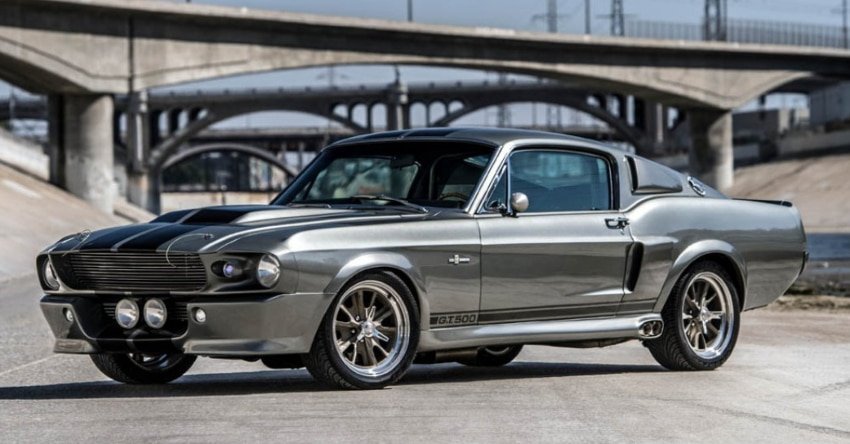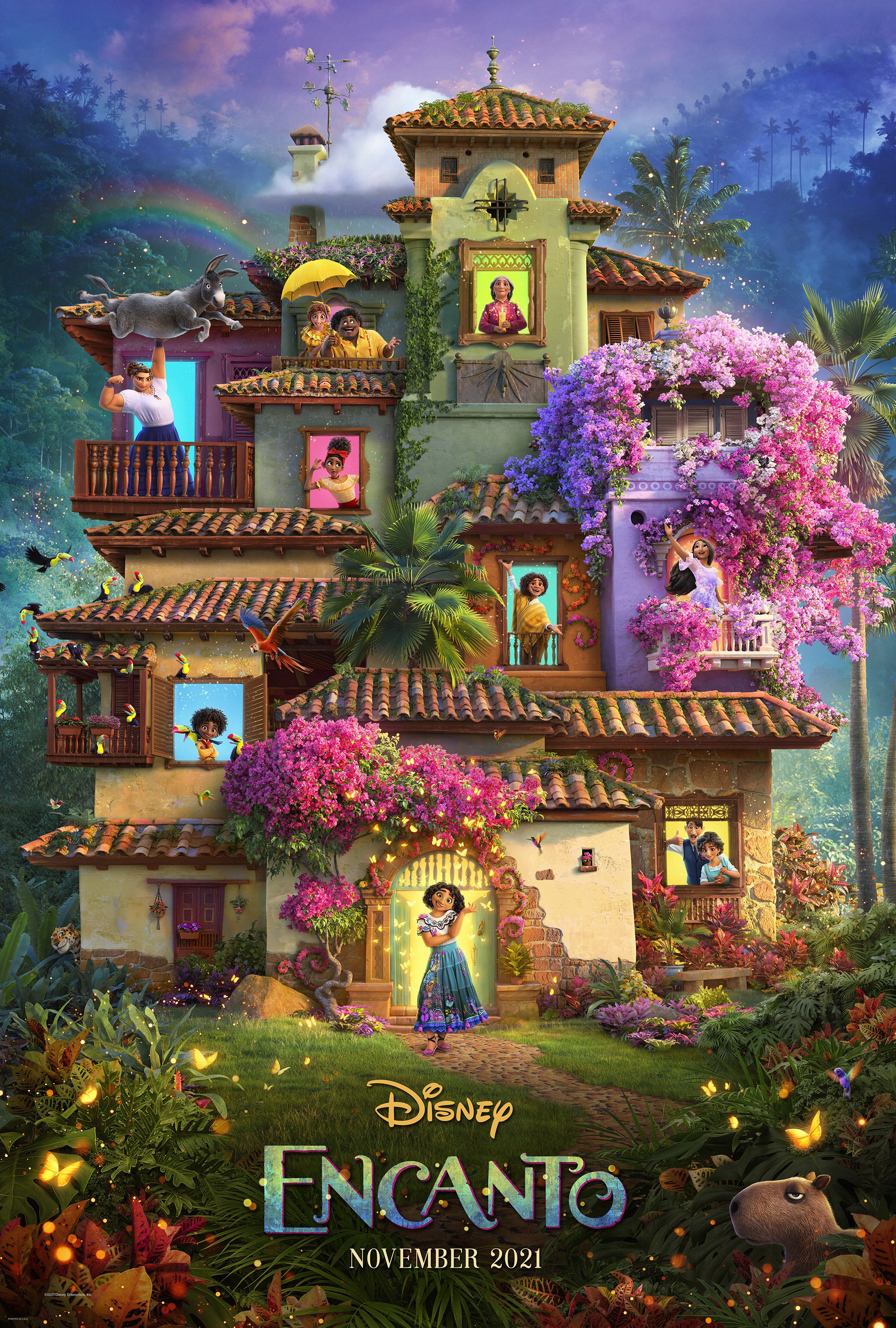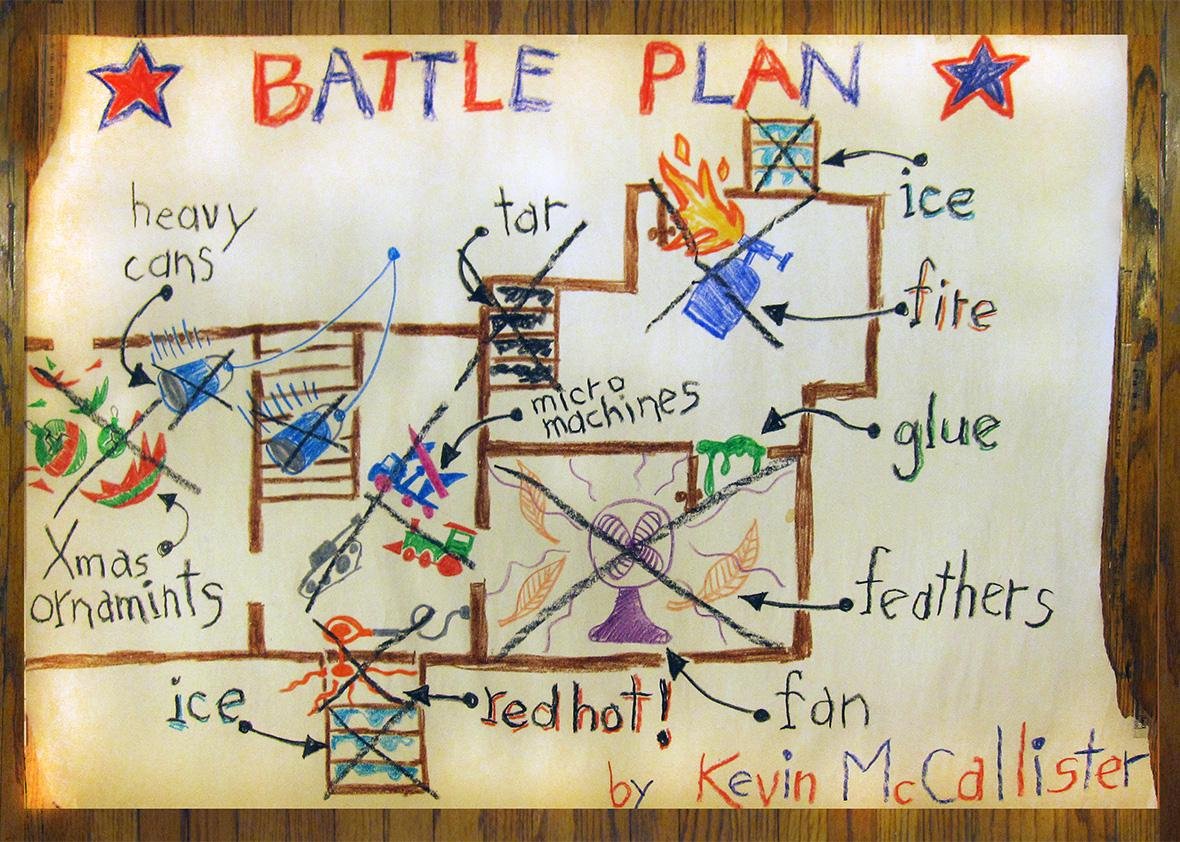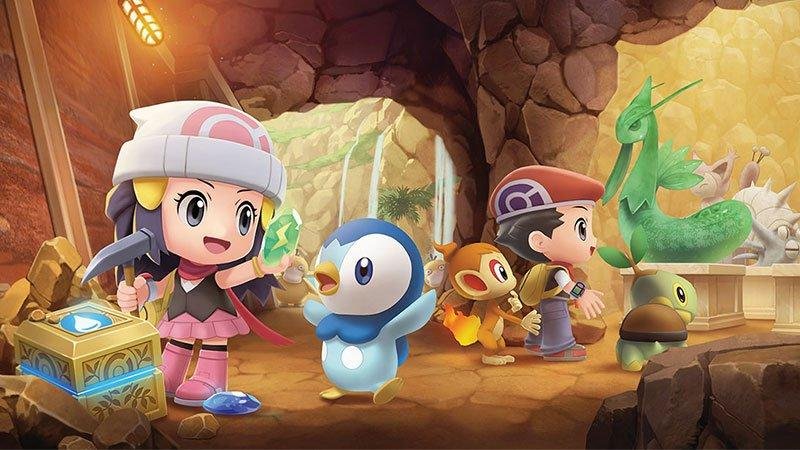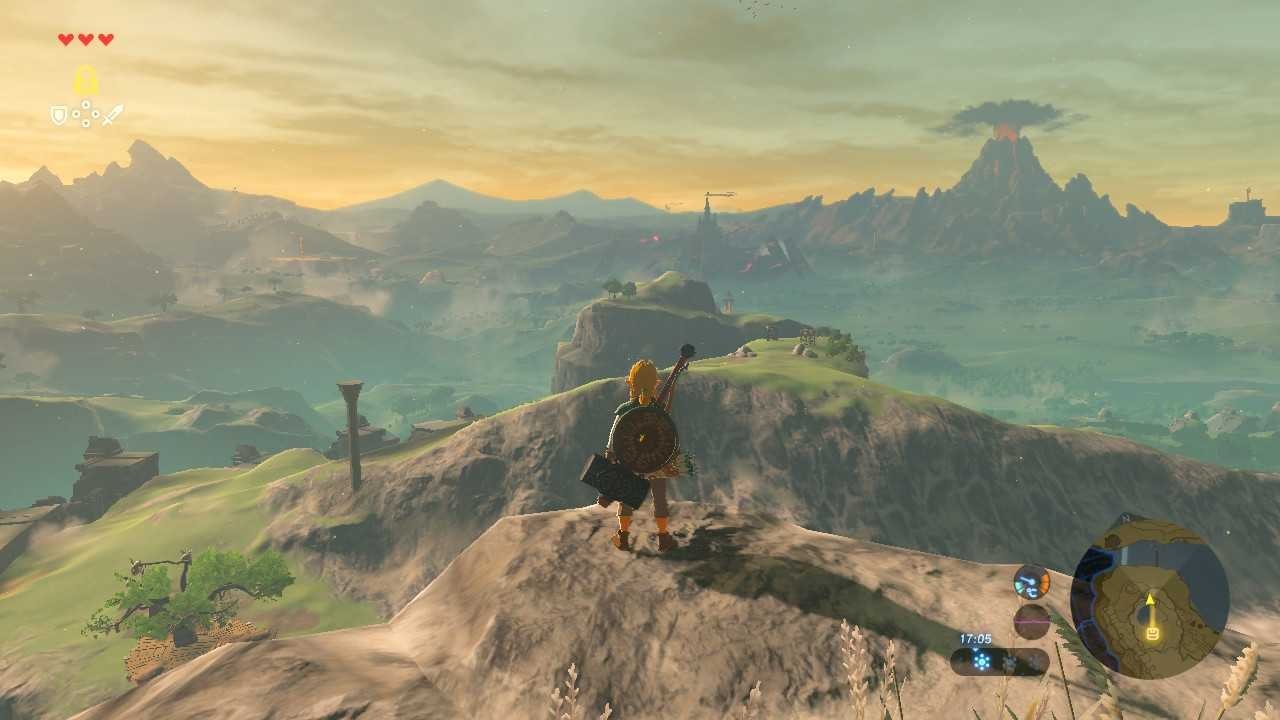I never did like side pipes, but Eleanor still strikes quite a figure
Nic Cage is a controversial figure in Hollywood. Not for any terrible reason, at least not that I can think of, and I’m not willing to Google it at the moment. But, as far as I know, other than his library of terrible movies, he’s not done anything quite wrong. It’s not like he has the desire to eat people or a history of hate crimes that could turn him into either an outcast or a Hollywood darling, but still, “Starring Nicolas Cage” became three words that told me to stay away from a movie, no matter how enticing the trailer cut may have been to my teenage self (I remember once, briefly, wanting to watch Bangkok Dangerous, before the title and Cage’s presence snapped me back to reality). When I heard that a film version of Uncharted was going to be made, I immediately thought “Oh no, what if they turn my beloved video game series into another National Treasure?” I haven’t seen it yet, but it seems like they may have actually done worse; I’m sure I’ll be reporting on that the second I’m able to see it, but I refuse to spend money on a movie that stars Mark Wahlberg. Anyway…
Dinner was delicious, but the wine had a bloody aftertaste
So Nic Cage’s name is a warning, yes. Until it’s not. If you follow me on Twitter, you’ve probably seen me praise both the film Pig and Cage’s work in it; what I thought was going to be another hollow John Wick clone, like the woefully underperforming Nobody, turned out to be a solemn examination of grief and loss that affected me in a way I was never expecting and not prepared for. Nic Cage made me feel feelings. I didn’t know that was possible. But I’m not here to dissect Nic Cage’s career or critique his ability as an actor; I saw what happened to Abed when he tried in Community, and I have no interest in going through the same breakdown. No doubt Cage is an enigmatic figure with an insanely varied career. He’s an Oscar winner who’s made a movie about a guy who can see slightly into the future; he’s played characters so ridiculously named they’re actually called Benjamin Franklin Gates and Stanley Goodspeed; he was in multiple movies where the best thing about them was that his face would be set on fire multiple times. The guy’s not easy to figure out.
Pig was great. If you haven’t seen it yet, carve some time out to watch it. Not really a popcorn flick, but if you must, at least sprinkle some truffle oil or truffle salt on it, that’ll be thematic. Cage’s new film, The Unbearable Weight of Massive Talent is getting stellar reviews, with an 89% Rotten Tomatoes score and 86% Flixster audience score at the time of writing. I haven’t seen it yet, but I can’t wait to. That’s right. I just praised a Nic Cage movie and expressed desire to watch another. I’m not sure I believe what I’m writing myself. But do not adjust your radio, dear reader. It’s still me. No interference, no enraged Nic Cage standing over my shoulder threatening to give me one of his patented volume-swinging rants if I don’t comply. I’ve not been tied to a chair and forced to watch Left Behind over and over again. There’s a reason Nic Cage broke Abed. Because he’s occasionally good. Occasionally really good.
Perhaps my favorite moment in National Treasure, where Nic Cage explains what a watch is
And much more often than that, he’s actually quite likable. I know I just as recently as the opening paragraph took a swing at National Treasure, but truth be told, it’s a movie I can pop on at any time and just watch it if I need to turn my brain off from the 24 hour news cycle or whatever else is going on in my head. It’s not quite so bad it’s good, but it’s also not quite so bad it’s unwatchable. Nonsensical, yes. Silly, of course. Preposterous, unavoidably. But it’s kind of fun enough to keep on in the background as I work on a project or cook or fold laundry. And that’s not even the peak of Cage’s power, at least not over me. I’ve always said there’s a difference between a good movie and a bad movie and a difference between a movie I like and I don’t like. I like some bad movies. I hate some good movies. That’s fine, I can see the difference and admit it. Take Jake Gyllenhaal’s Nightcrawler, for example. Undoubtedly a good movie, well written and confidently made, but I didn’t like it. Perhaps it was a bit too uncomfortably real for me to enjoy it as entertainment. But that doesn’t mean it was bad. It just means I didn’t like it. And just because a movie is bad doesn’t mean I can’t like it. Right, Prequel Trilogy fans?
Perhaps the real star of Gone in 60 Seconds
I’m irreparably a car guy. I have been my entire life. In home movies of me as a toddler, I often had a Matchbox car in each little hand as I ambled about. This blog, in its first iteration from almost a decade ago, started life as a blog about cars and driving. The zeitgeist changed over time, the industry changed, and cars began to appeal less to me. It also became pretty apparent that this thing I loved was not so wonderful for the planet. It was hard to reconcile. I still love getting behind the wheel, popping the clutch, and really driving, but I do it less and less. Partly because of practicality—I live in a city where it’s much easier to get around without a personal car than with one—and partly because I’ve tried to minimize at least my impact on the damage the car’s done to the environment. But I still love cars. And I love a car chase. Especially a good car chase, but there’s value in a bad one too.
“I’m retired,” said car thief Memphis Raines. “The benefits are excellent.”
So now that you know that about me, it’s time I finally confess to you all that I love Gone in 60 Seconds. Yes, that forgotten remake of that 1974 stunt man’s fever dream, starring Nicolas Cage. It’s just so much damn fun to watch. From Cage’s preposterously named Memphis Raines (though this is a marked improvement over the original’s Maindrian Pace) to his even more preposterously named brother Kip Raines, to the silly “Lowrider” scene from the trailer, to the Cage Rage, to the partially CGI’d Eleanor chase, I just love this movie. If you haven’t seen it, the premise is this. Retired car thief, a term I didn’t know existed, who has never been caught, finds out his little brother has taken a job to steal 50 cars and is dangerously out of his depth. The options become either to come out of retirement, Jordan-style, and boost the cars, or be murdered by a Dr. Who along with his brother. Now, both of those options sound pretty unappetizing, especially when you factor in Delroy Lindo, the detective who has spent his career chasing Memphis is clued in to the fact that he’s back in town and now is all over him like sour cream and chives on a baked potato. Memphis reassembles his crew, including a mute Bullet Tooth Tony and blond-haired Angelina Jolie and they plan a one night boost of all 50 cars.
Nope, this scene is not okay. Not now, not in the year 2000.
Now you’re up to speed, so to speak. And I know, it sounds ridiculous, and it is. But there’s just so much charm about this movie. One, it’s about two brothers. That usually gets me, as I have a brother myself, and if you told me I had to steal 50 cars to save him, I’d mask up and Google “How to steal cars” so fast it would make your head spin. Two, it actually has kind of an all star cast that does way more than you’d think with the script that they’ve got. We’ve already gone over Nic Cage and Angelina Jolie, as well as the underrated Delroy Lindo, but there’s also Giovanni Ribisi, Will Patton, Timothy Olyphant, Chi McBride, Robert Duvall, Christopher Eccleston, and Vinnie Jones. There’s even a fairly fun cameo by Bodhi Elfman, who was great in Enemy of the State. That’s a lot of acting talent packed into this little B-movie. I mean, Giovanni Ribisi made me weep like a small child in Saving Private Ryan and Timothy Olyphant went on to play Raylan Givens in Justified and Cobb Vanth [Vanth Refrigeration] in The Mandalorian and The Book of Boba Fett. How could there not be so much charm in this movie that you just can’t stand it? Okay, sure, there’s a handful of casual racism in the script, but it was the year 2000. Humanity had just survived Y2K, personal jet packs zoomed through the air, and we all got flying cars. Racism just wasn’t on our minds back then. Still, pretty diverse cast for 2000, if you don’t count the lack of any Asian characters other than a young girl who can’t pass her driver’s test and the fact that there’s really only one woman in the cast other than a pair of ancillary mothers and wives and the aforementioned failed driver. I know, you can practically see me bending over backwards to make excuses, but it was a different time. No one complained about Friends until way later, either.
But, despite a few problematic moments, Gone in 60 Seconds represents that special kind of bad movie I just can’t help but like. All the vroom vroom noises and the pretty cars, I go into a sort of trance. The same thing happens when I watch a Fast and Furious movie, although to a lesser extent now that they’re so out of touch with reality that they’re essentially superhero movies where everyone’s superpower is a denial of basic physics (2 Fast 2 Furious was the peak of that franchise, come at me). Part of it was that I saw this movie at the right time. It was a PG-13 film that came out when I was 14. A precious few excruciatingly long years before I got my driver’s license, at the height of my love affair with these gas guzzling machines. Gone in 60 Seconds is probably why I wanted to learn how to drive stick shift, it’s probably why I fell in love with Mustangs (the notorious Eleanor, the one car Memphis has never been able to successfully steal, is a 1967 Shelby GT500, a performance version of the Ford Mustang tuned by legendary Carroll Shelby), it’s why I have such a respect for movies that did it better. If it weren’t for Gone in 60 Seconds, I don’t think I’d have gone back and watched a classic like Bullitt, which started my lifelong appreciation with Steve McQueen and truly cemented my love of Mustangs. I really don’t want to credit that to Nic Cage or Gone, but now that I think about it, if not the causal link, it’s certainly in the chain of events that led me there.
For all its faults, this impossible CGI trip over a traffic jam is its biggest sin
So is Gone in 60 Seconds a good bad movie? Is it a bad good movie? Is it just a bad movie that I like? I’m not sure it matters. Will it ever be Ford vs. Ferrari? No, definitely not. But it doesn’t have to be. It just has to be fun. And, for me, it really is. Gone in 60 Seconds represents that kind of media that just lets you escape for a couple of hours, and as much as the world needs media that scrutinizes and critiques, as much as it needs movies that matter and are full of meaning, as much as it needs films that make you feel, it also needs movies that make it so you don’t. You can just munch on your popcorn and enjoy. It’s just a fun movie. It doesn’t take itself too serious, it’s well aware of how silly it is, and despite all that, there are some good performances, some snappy one-liners, and decent action scenes. The final car chase lets itself down when it indulges in a CGI feat of physical impossibility, but if you ignore that, it’s quite a good car chase. Does it hold a candle to car chase classics like Bullitt or Ronin? No, not at all. It can’t touch the tension of Bullitt’s chase, more the visceral, low camera angles of Ronin, which didn’t put you in the drivers’s seat as mush as it park you right on the front bumper. But a movie doesn’t have to be the best of its kind to be enjoyed. Part of watching and appreciating better films is important too, but it’s movies like Gone in that lay the foundation. So, if you haven’t seen it yet, at the time of writing, it’s available for streaming on multiple platforms, including Amazon Prime Video and Peacock. Maybe it’ll provide for you the necessary escape it’s been providing me for the last 22 years. If only for about two hours, at least.


